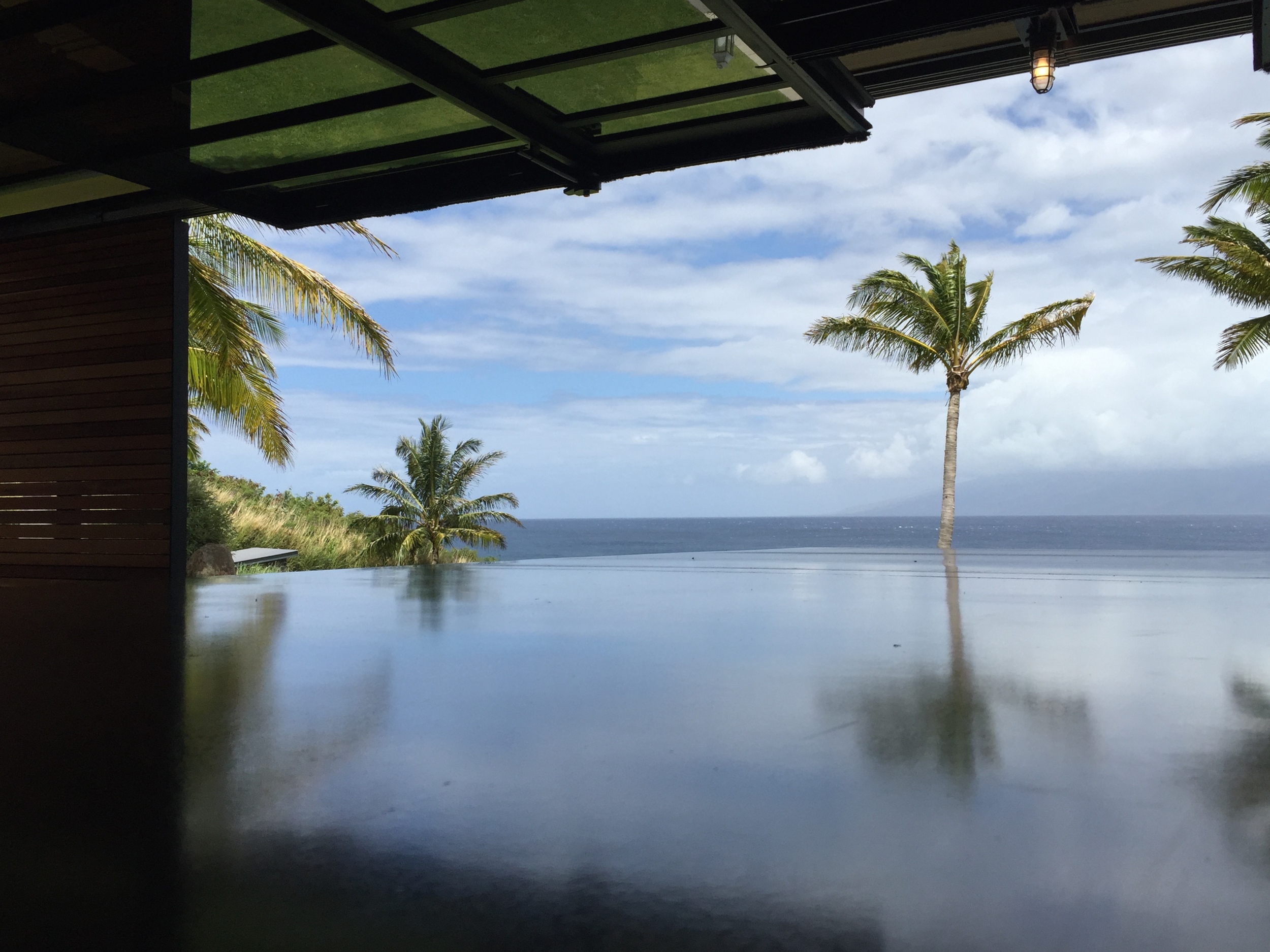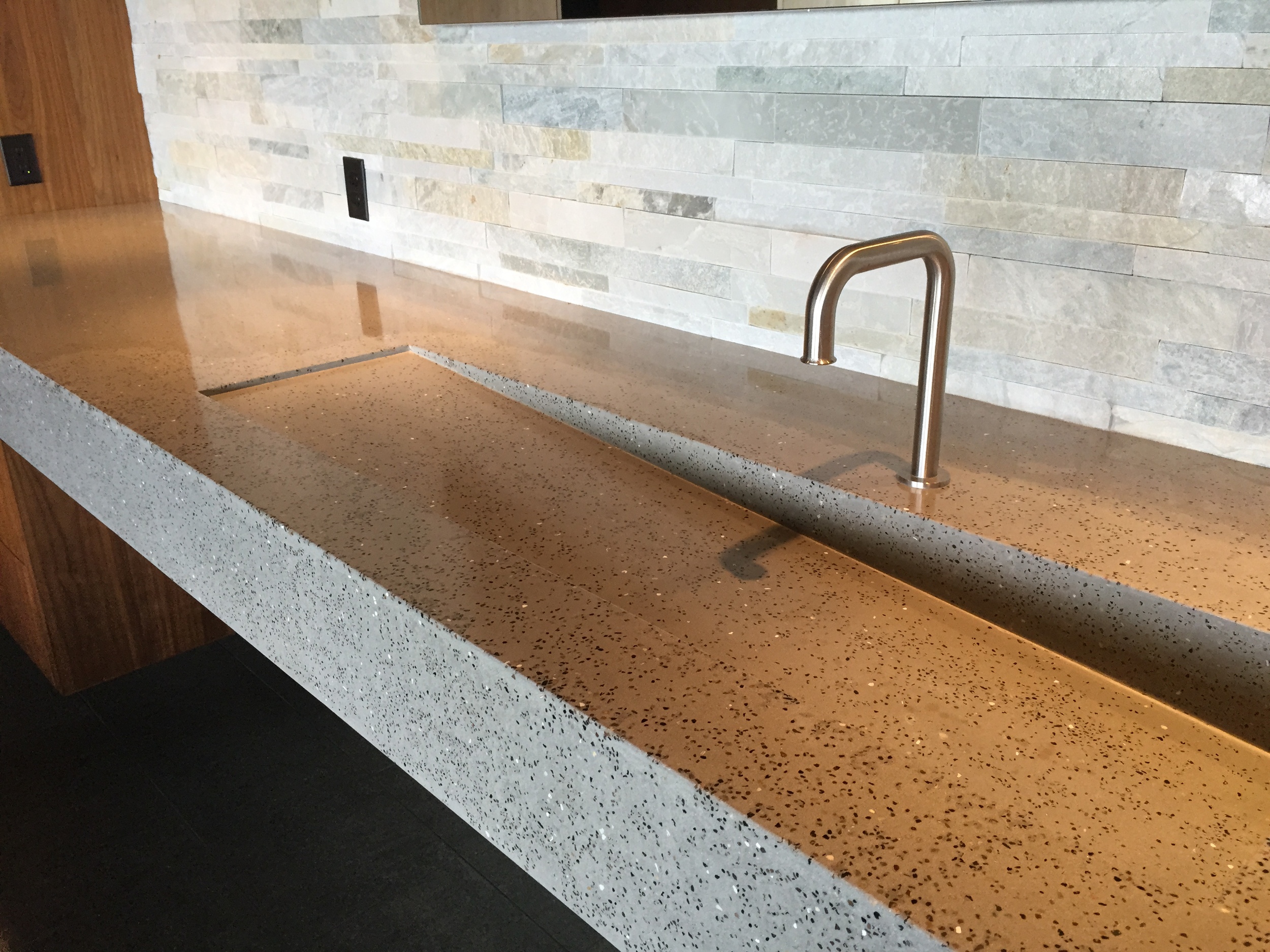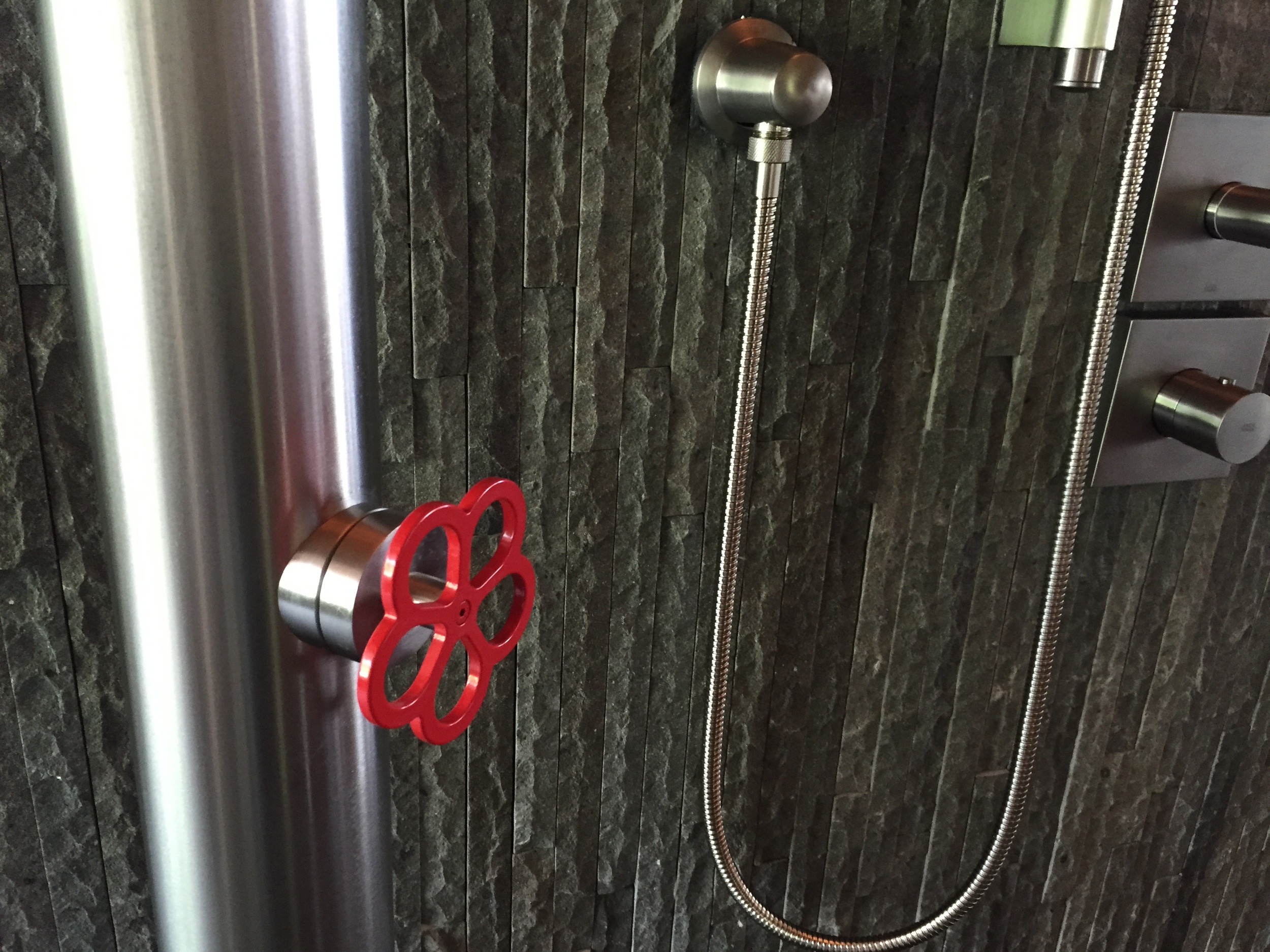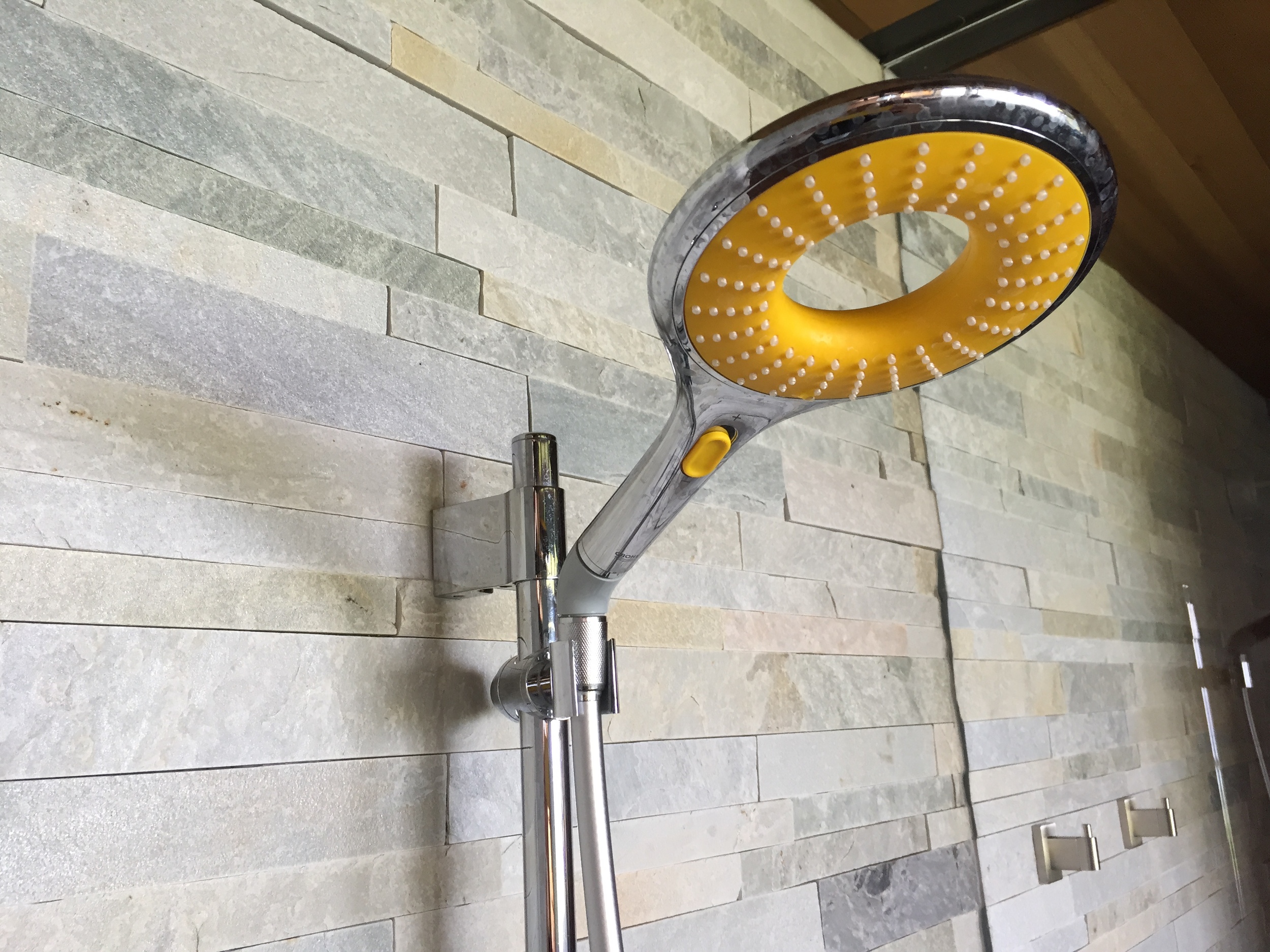What is Architecture? (And how I learned to love the 1%.)
"What is architecture?" I asked myself as I sat down to write about one of my favorite Maui structural works of art. "Where does it start?" "How is it experienced?". And then I listened for answers.
- Architecture begins with a thought - a notion
- Architecture solves simple problems with beautiful solutions. (Human Shelter)
- Architecture is first experienced as light bouncing off form, and then as you move more intimately toward the architecture, it reveals its character: It cleverly divides space, invites and blocks the wind, allows and disallows sunshine and moon sparkle. Touch it and your skin will reveal surface and texture, cold, smooth, soft, warm.
So it comes as no surprise that Peter Lik, an artist who has made his life's work capturing light and layering it into 2 dimensional form would be drawn to "AURA" - an Olson Kundig masterpiece on the cliffs of Maui's rugged Kapalua shore.
Conception and Birth
AURA started its life as a project initiated by a young tech entrepreneur and executed by Dwell darlings Olson Kundig Architects with Tom Kundig as design principle, along with Kirsten R. Murray, and Steven Rainville. The project was conceived as an expansion of the traditional surfing hut into three huts arranged in an arc. The original design was altered and tweaked by both owners to increase livability and comfort based on their respective personal tastes. These revisions are always fascinating to me as they reflect the tension between art and function as informed by personal taste. I am a firm believer that comfort should never be sacrificed for design and I applaud Peter Lik for the alterations and tweaks that he has made to the property since acquiring it in 2013.
One of the challenges inherent in the relationship between architect and client is navigating this rocky landscape of form versus function, and art versus practicality. Unlike Peter's glorious photography, architecture is ultimately "Art for Hire" and therein lies what may be the thorn in the side of every aspiring architect. How much art and design can be compromised by the client's desire to live comfortably? (I'm reminded of Mies Van der Rohe's Farnsworth House - an iconic american architectural masterpiece that was allegedly despised by the client who commissioned it.)
Score 1 for Function!
One of the most daring elements of the original design was a giant cantilevered concrete countertop that thrust itself from deep within the confines of the kitchen, piercing through the hydraulically operated steel and glass butterfly walls, and out towards the ocean. A gorgeous horizontal monolith strutting its mass and tapered lines and beckoning the eye to the ocean and pool in the garden. A feature that would make a photographer swoon, but not a photographer who had to live here. Beautiful photo op, yes, but complete anathema to comfortably inhabiting the house.
It didn't take a Feng Shui Master to realize that this division created a frustrating blockage in the flow of the space. The only way to cross from the living room side of the kitchen to the work side of the kitchen counter, and the entire other guest living quarters of the house, would be to crawl UNDER the countertop, or venture out into the garden, off the deck, around the monolith, and back up on the other side, or rat scamper yourself all the way around the kitchen counter by the front entrance. Peter Lik has solved this in an entirely appropriate way. The concrete was truncated - still poking through the butterfly walls, and still asserting its handsome form as the main feature of the kitchen, but allowing non limbo dancers to move about the entire living area organically.
Site Worthy Bliss
While commercial architecture typically has a long list of complications to solve, (think of an international airport), residential architecture satisfies simple human living requirements. Food, Shelter, Sleep, Sanitation, Recreation. Hawaiian residential projects often add to those requirements with a magnificent site that longs to be celebrated. A good architect will park herself on the land for hours and will listen with her eyes:
"The site will tell you what it wants"
AURA sits on a bluff, protected on the mountainside, solidly perched in a private bowl. It's a royal box in the theatre of the planet and the show does not disappoint. From most anywhere in the house, there's not another structure in sight despite the fact that the luscious temptations of Kapalua resort are just a few minutes drive away. The project's three "huts" are configurable so as to minimize their obstruction of the outer beauty to the inhabitants. Among the backstage tricks are sliding wooden "curtains" that reveal and conceal, and the hydraulic butterfly steel and glass walls that rise up and out of sight - cirque du soleil style magic! Even the hydraulic controls are impeccably machined stainless steel mini sculptures that might have been borrowed from a Jules Verne story. Rammed earth walls, soaring steel beams, polished concrete floors, all evoke strength and permanence and are a welcome counterpoint to the light elements of air, native foliage, crashing water. (Can you tell I love this property? Am I gushing too much?)
Loving the 1%
While the end result of an architectural project like this evokes peace, tranquility, and ease, the reality is that a huge amount of talent, time, and money was necessary to create something so intricately beautiful. This brings me to how this property made me fall deeply in love with the 1%. It's easy to rationalize a ton of money spent on the development of a tech gadget - the iPhone for example - something slated for mass adoption, whose enormous expense on R&D can be recouped from millions and millions of sales. Exquisite architecture on the other hand requires a huge financial commitment without any guarantee of an economic benefit. And so yes, the willingness of successful people has resulted in the planet being adorned with this entirely delightful house. I argue that this is not elitism. This is dedication to innovation, experimentation, art, delight.
This property sold in August of 2016 for $9,500,000. If you are interested in acquiring similar oceanfront property on Maui, I would be happy to represent you as a buyer. Please contact me at 808.280.7809 or liam@hawaiilife.com Liam S. Ball Realtor Broker, Hawaii Life Real Estate Brokers
Details, details, details...
The word means different things to different people. I've got boring details and fun details. First the boring:
- 4,013 Square Feet
- 3 bedrooms, 3.5 baths,
- 6.5 Acres
- Asking price: $19,800,000 (The price later adjusted to $17,200,000, then $13,200,000 and finally sold for $9,500,000. A splendid buy I would say!)
Now for the fun details:
- Rammed Earth Walls made of Maui's Red Dirt
- Hydraulically Operated Steel and Glass exterior walls that spread outward like butterfly wings.
- Eight of Peter Lik's art pieces are included. (Inquire for more information).
- Velvety Soft Polished Concrete Floors
- Boffi Plumbing Fixtures
- 1 urinal. (Yes you read that correctly)
- Playfully exposed elements of electrical conduit, plumbing, and hydraulic system











